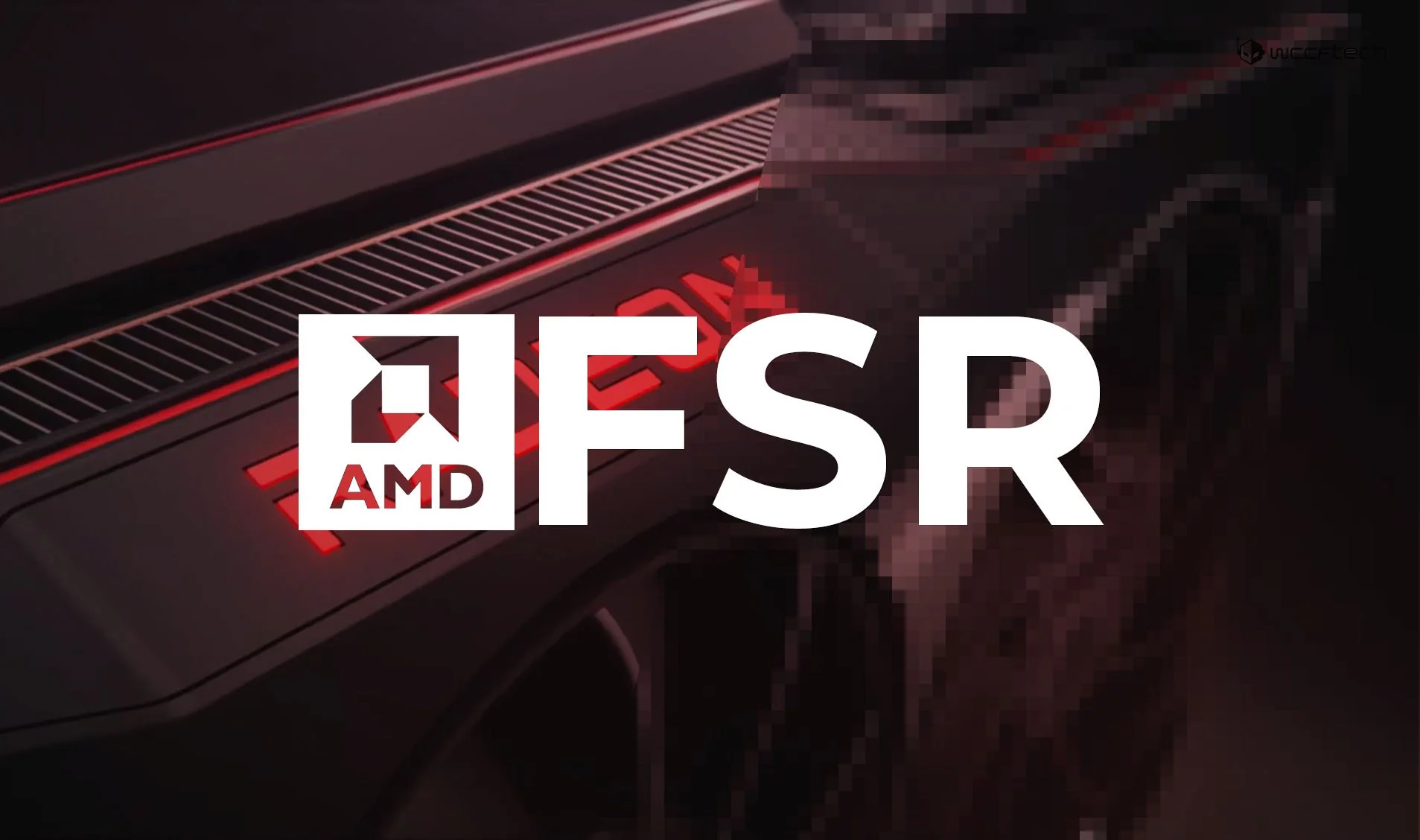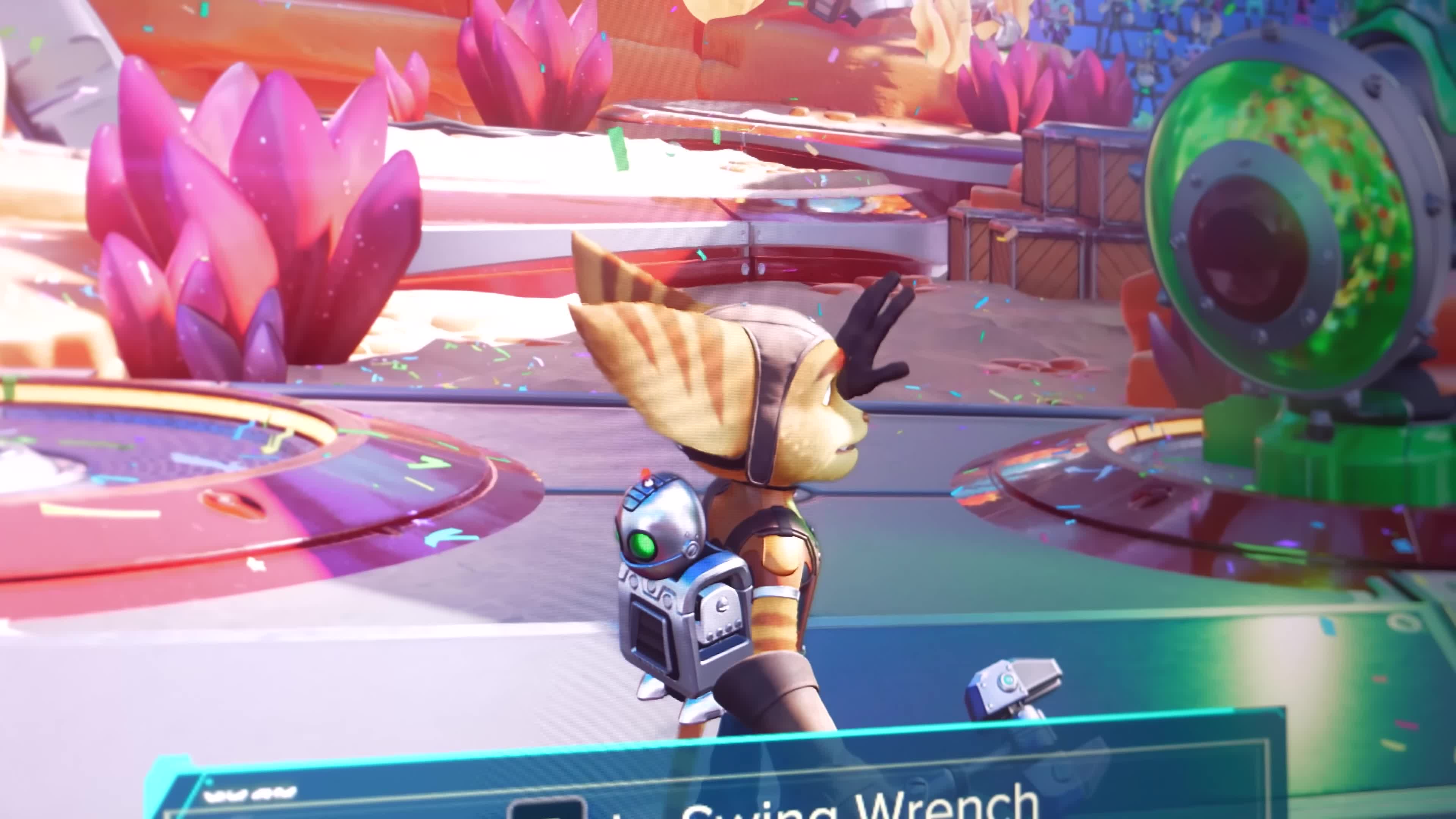The big picture: With FSR 4, AMD has finally integrated machine learning into its upscaler, following in the footsteps of Nvidia DLSS and Intel XeSS. Previous versions relied on spatial and temporal upsampling, which supports most hardware but ultimately delivers inferior results. Our good friends at Hardware Unboxed have provided an early look at FSR 4 running Ratchet & Clank: Rift Apart. Although the analysis is preliminary, the visual improvements over FSR 3.1 are immediately noticeable.

While AMD has yet to provide detailed specifications for the Radeon RX 9070 GPUs introduced at CES 2025, various outlets have had access to systems running them on the show floor. One such exhibit highlights that the company's FSR 4 upscaling technology dramatically surpasses its predecessor.
In Ratchet & Clank: Rift Apart, FSR 3.1 struggles with ghosting, transparency issues, and other visual artifacts. To showcase FSR 4's improvements, AMD had two monitors running the game side by side in 4K performance mode – a setting where FSR traditionally struggles against DLSS.
Although Hardware Unboxed captured the footage by recording the monitors which is far from ideal, the improvements are quite noticeable, even when viewed through YouTube compression. Visual elements such as particles, transparent surfaces, Ratchet's fur, and distant details appear much sharper with FSR 4. The artifacts that marred FSR 3 are almost entirely eliminated.
Unfortunately, the demo did not include frame rate counters, so proper scrutiny of any performance impact must wait until we can thoroughly test FSR 4.
AMD has, however, confirmed one significant limitation: FSR 4 requires a Radeon RX 9000 GPU. When AMD launches the RX 9070 and 9070 XT in the coming weeks, these cards will go head-to-head with Nvidia's GeForce RTX 50 series and DLSS 4 technology.
A recent preview by Digital Foundry showed DLSS 4's notable improvements to image quality and frame generation. The new transformer-based AI model reduces visual flaws, and multi-frame generation can triple or quadruple framerates with a relatively minor detriment to latency.

While Nvidia's new multi-frame rendering technology is exclusive to RTX 50 series GPUs, all GeForce RTX graphics card owners will benefit from the image quality enhancements in games that support DLSS. Meanwhile, AMD's vague details on FSR 4 suggest that the update might apply to any game that uses FSR 3.1.
At TechSpot, we plan to provide a detailed comparison of FSR 4, DLSS 4, and their predecessors when time comes – that is, after we get our hands on the new GPUs, and after we can fully benchmark them. Until then, the only third-party performance data we have comes from a Call of Duty: Black Ops 6 benchmark, which suggests that the RX 9070 could compete with Nvidia's RTX 4080 Super – and possibly the RTX 5070 / Ti.

